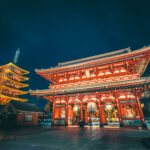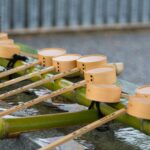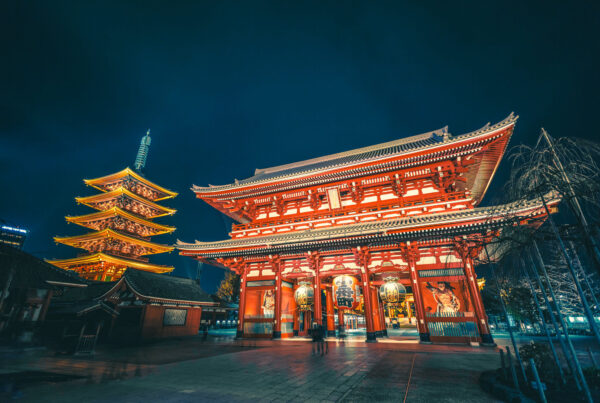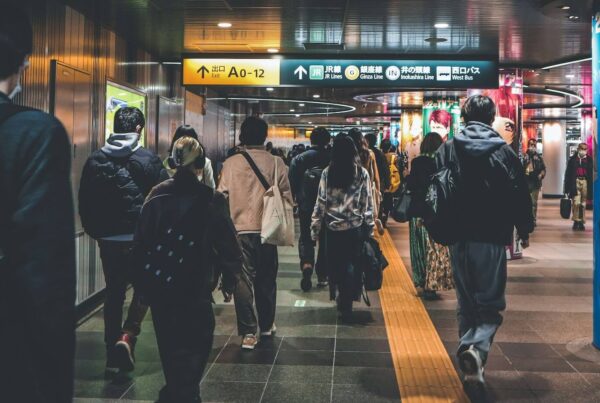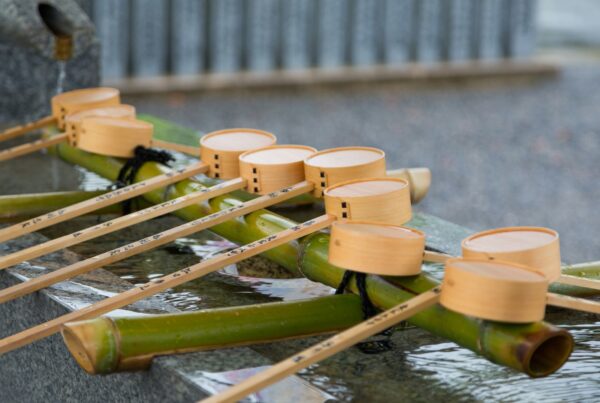A visit to Kansai is not complete without a stopover to Nara. But did you know that besides the famous deers roaming around freely, there’s another must-visit in Nara? In this article, we will introduce to you Horyuji Temple, the world’s oldest wooden building, and why this site is a place that everyone should visit while in Nara.
History of Horyuji Temple
Horyuji temple, a UNESCO World Heritage site, was founded in 607 by Prince Shotoku. Many credit Prince Shotoku as the one who promoted Buddhism early on in Japan. Horyuji Temple is home to the world’s oldest surviving wooden structures which depict images of Japan during the Asuka Period.
The history of Horyuji Temple’s founding can be found in the historical writings at the back of the Yakushi Nyorai Buddha statue which is located at the Main Hall’s eastern side. Other than that, it is also recorded in the official inventory of Hōryūji property holdings.
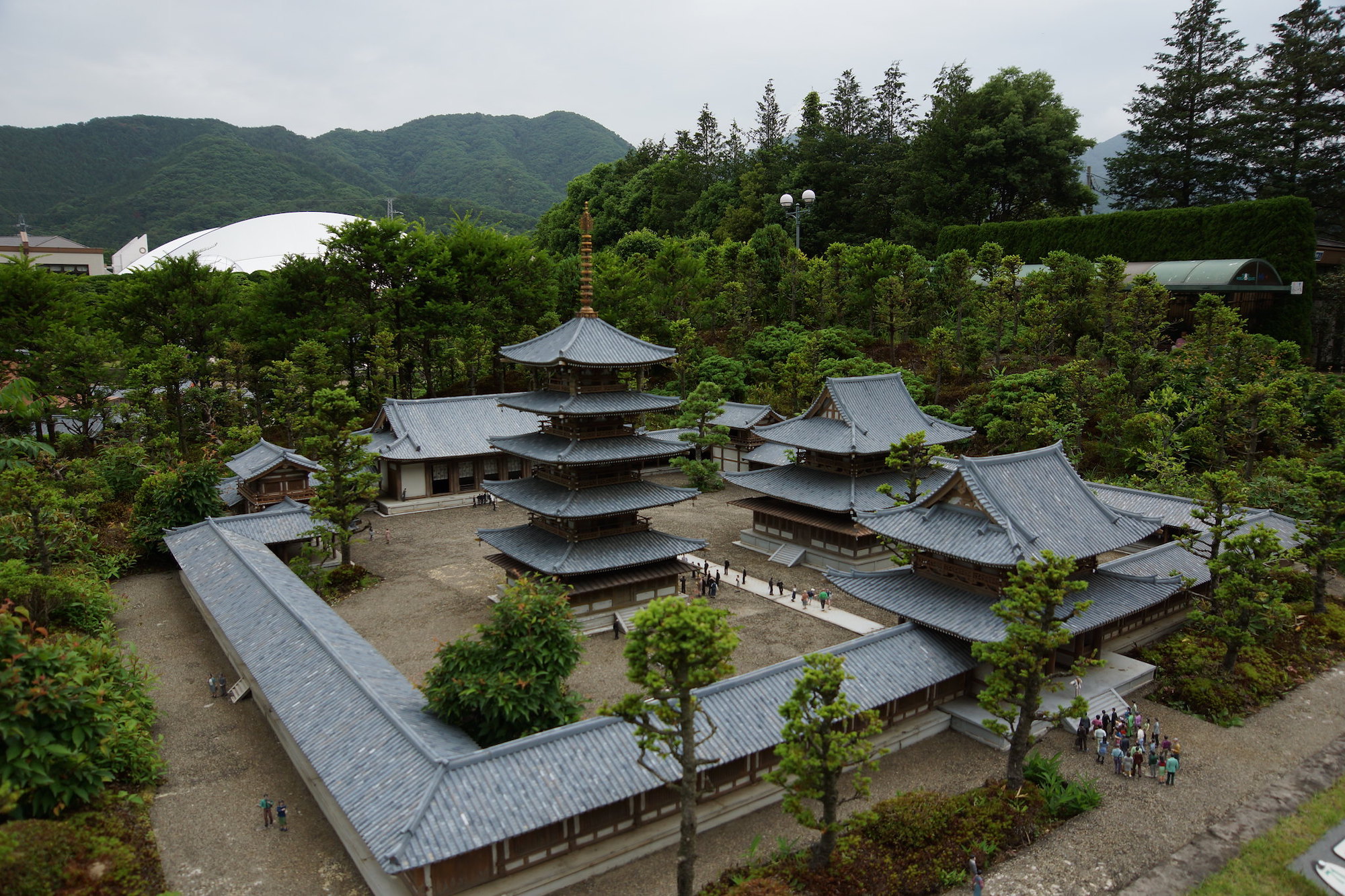
Credit: Ume-y/Flickr
Based on the records, Emperor Yomei wanted a temple built inspired by Buddha’s image. It serves as a form of prayer for his recovery from an illness. Unfortunately, he was not able to see this bear fruit as he died shortly after. In return, Prince Shotoku and Empress Suiko fulfilled the Emperor’s wishes and build a temple and a statue of Buddha.
Buddha’s statue is named Yakushi Nyorai or literally translated as “arrival as a healer” while the temple is named Horyuji, translated as “Temple of the Flourishing Law.”
In the year 670, it was believed that a fire occurred within the temple grounds, wiping out the entire building complex according to Nihon Shoki. However, many historians doubted this claim including the destruction of Horyuji. Reconstruction is believed to have occurred 1,300 years ago. So today, many consider Horyuji is the oldest surviving wooden building in the world. The temple boasts a long history that Prince Shotoku established.
In 1993, along with Hokki-ji, Horyuji is Japan’s first UNESCO World Heritage site.
Structure
In present-day Nara, Horyuji Temple is a stark reminder and testament to Prince Shotoku’s legacy. The temple complex is divided into the Western Precinct, which is centered around the five-story pagoda called Gojū-no-Tō, the Main Temple (Kondo), and the Central Gate (chomon) which is guarded by two Kongo Rikishi statues. These three wooden structures are the world’s oldest surviving wooden structures. They have no sustained any damages since the Asuka Period but have been renovated several times throughout the years.
In the Eastern Precinct, located just five minutes away from the Western Precinct is the octagonally-shaped Hall of Visions. This structure is dedicated to Prince Shotoku and is home to a life-sized statue of the prince which is also surrounded by other Buddha and monk statues, attaining his status as one of the early promoters of Buddhism in Japan.

Credit: TravelingOtter/Flickr
In between the two precincts is the Gallery of Temple Treasures. It was built in 1998 to house a part of the temple’s large art collection. It also exhibits various historical relics and statues. Another temple, Chuguji Temple is behind Horyuji’s Eastern Precinct. There is a beautifully made statue of a sitting and smiling Buddha with his right leg on his left.
The entire area spans 187,000 square meters and houses a bounty of cultural treasures and historical artifacts portraying Japanese history and its journey spanning centuries. Horyuji itself is home to 2,300 important cultural and historical structures and articles, nearly 190 of which are designated as National Treasures or Important Cultural Properties.
Location
Horyuji Temple is located just 30 minutes from Nara Park. It is within easy access by bus and train. Featuring unique Japanese, Chinese, and Korean inspired-architecture, the temple is truly a prime destination to visit. Within its walls are 300 Buddhist carvings and a pagoda considered to be the world’s oldest.
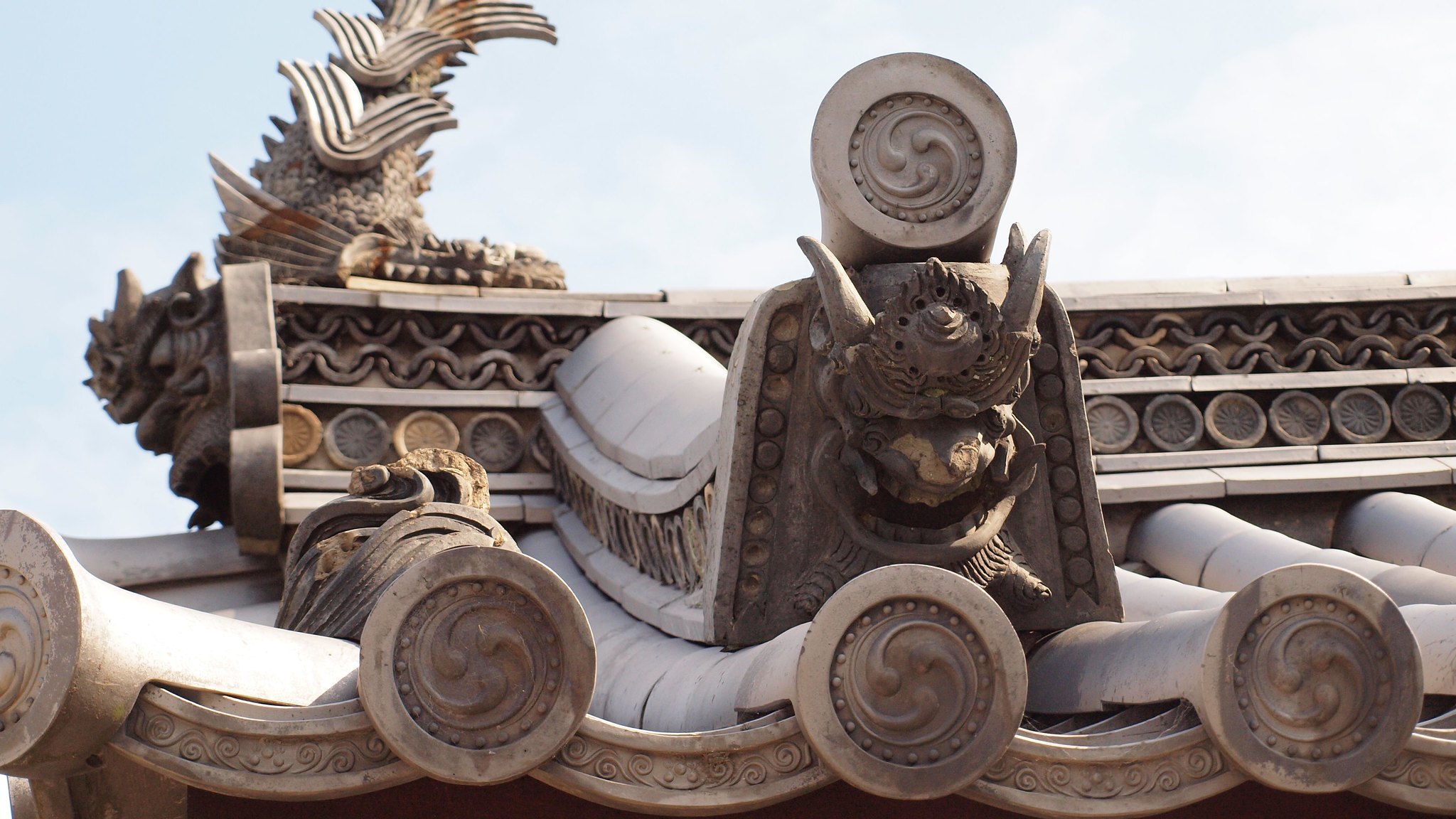
Credit: coniferconifer/Flickr
A shuttle bus is available to Horyuji Temple from the South Exit of Horyuji Station. Or if you choose the 30-minute walk, you will come across several restaurants, cafes, and traditional shops along the way.
The temple complex is spacious yet compact, making it an ideal place both for walking and cycling. There are various bike rental shops both near the station and Horyuji Temple. Nearby the temple is also the Tatsuta River which is known as an autumn leaves viewing spot. In order to enjoy the sights in and around the temple, do a day trip to fully explore what the place has to offer.
Conclusion
Horyuji Temple along with Todaiji and Kofukuji, make up the “Big Three” must-visit temples of Nara. With an interesting history, beautifully-crafted structure, and convenient location, Horyuji Temple is definitely a destination to go to while you’re in Nara. If you ever get tired of the deers, the temple is just as fascinating to see. Be sure to follow us on Facebook, Instagram, Twitter, and Pinterest for more fun stuff!



